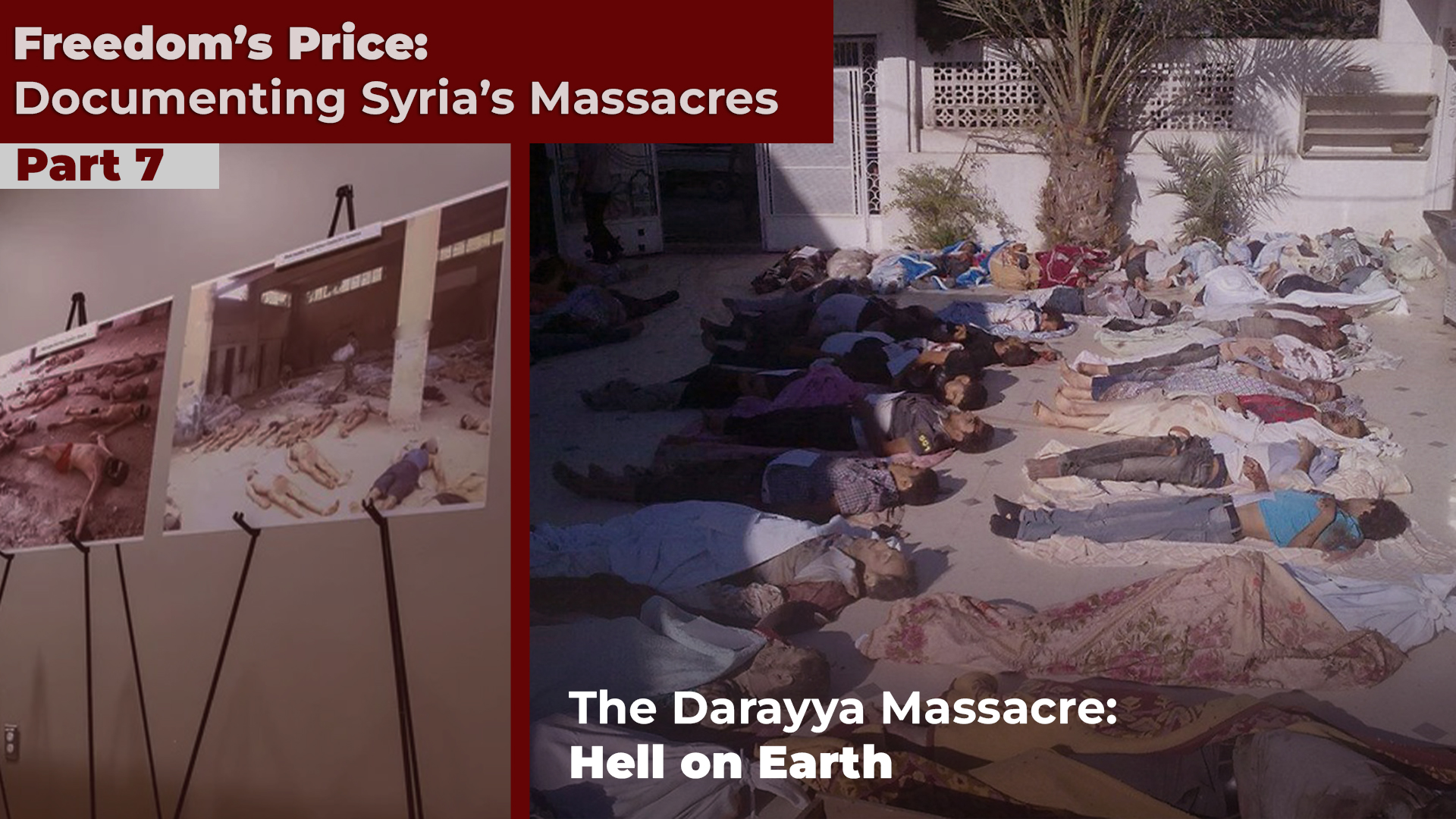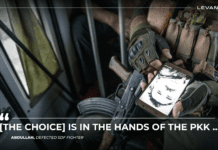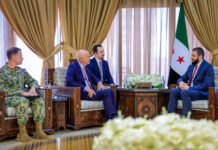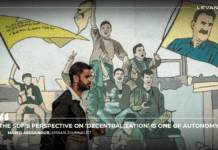The Darayya Massacre: Hell on Earth

The stench of death hung thick in the air as 13-year-old Mahmoud picked his way through the bodies strewn across the streets. It was August 25, 2012, the final day of a five-day onslaught that would leave the small Damascus suburb synonymous with one of the Syrian conflict’s worst atrocities. “They were everywhere,” Mahmoud would later recall in his testimony to Amnesty International, his voice barely audible. “Some were my neighbors, some my friends. All of them were innocent!”
The Darayya massacre, perpetrated between August 20 and 25, 2012, stands as one of the most brutal chapters in the Syrian revolution. Over 500 civilians were mercilessly slaughtered, their deaths a grim testament to the Assad regime’s willingness to obliterate opposition at any cost. Entire families were executed in cold blood – crimes that highlight the international community’s failure to protect Syria’s most vulnerable.
A Five-Day Nightmare
The nightmare began on August 20, 2012, when Assad regime forces, backed by Iranian and Hezbollah fighters, launched a relentless assault on Darayya, a town just southwest of Damascus that had become a center of anti-regime protests. As the assault began, the situation inside became increasingly desperate. “When the regime’s forces entered the city,” Hussam Al-Derani, a media figure from Darayya, told L24, “a semi-curfew was in place – you didn’t know where the army might appear or where you might be caught. Everyone was confined to their homes. People were living in constant fear, uncertain of what might happen to them.”
As the massacre unfolded, regime forces targeted anyone they encountered. Hussam describes the chilling moment when a young man reached him with news from the eastern part of Darayya, where the slaughter had begun. “He told me there were a huge number of corpses at the Abu Suleiman Al-Derani Mosque, and the army was killing people randomly.”

Examining Evil
The international community responded to the Darayya massacre with shock and outrage, but it was the reports from human rights organizations that provided the most detailed accounts. Amnesty International’s investigation revealed that Assad’s troops, supported by Iranian and Hezbollah forces, deliberately targeted civilians in what amounted to a war crime. The report noted the “systematic nature” of the killings, pointing out that many victims were executed at close range.
Human Rights Watch corroborated these findings, adding that Assad’s forces imposed a brutal siege on Daraya in the weeks leading up to the massacre, cutting off food, water, and medical supplies. This siege, designed to break the will of the town’s residents, culminated in the mass killings that followed.
Documenting the massacre was fraught with challenges. “Collecting information and reports was very difficult due to power outages, the lack of internet, and the almost total absence of communication channels,” Al-Derani explained. “Yet, we managed to publish the videos and got statistics and information from eyewitnesses.” Despite these efforts, the Assad regime relentlessly manipulated the narrative, staging interviews with victims under duress to absolve themselves of responsibility.
Even with detailed reports and overwhelming evidence, the international response remained limited to condemnations and calls for investigations. The UN issued statements denouncing the massacre, but no concrete action was taken to hold the perpetrators accountable.
Legal Purgatory
In the 12 years since the massacre, the quest for justice has been slow and painful. While some efforts have been made to document the crimes, meaningful accountability has been elusive. International courts have yet to prosecute those responsible, and many key figures involved, including high-ranking military officials and Iranian commanders, continue to operate with impunity.
For survivors like Jalal Hudhayfah, the massacre’s aftermath is a lingering nightmare. “We lost many brothers and friends during the massacre,” he told L24. “When they entered from the east, they had immense hatred in their hearts, showing no mercy to anyone, not even the elderly, children, or women. They slaughtered them with knives or shot them to death.”

Hudhayfah notes that the survivors’ quest for justice remains largely unfulfilled. “More than 11 years have passed since we were displaced, and the regime remains in control in Syria as if nothing happened as if it didn’t kill anyone or do anything wrong.”
While there have been steps like the establishment of the International Impartial and Independent Mechanism (IIIM) by the UN General Assembly to gather and analyze evidence of war crimes in Syria, much remains to be done. Survivors and families of the victims continue to call for justice, urging the international community to take stronger action.
Breaking the Web of Lies
In the aftermath of the massacre, the regime launched a concerted effort to distort the truth. The “official narrative” claimed that the massacre was the result of clashes between “government forces” and “terrorists,” a term routinely used by the regime to describe both revolutionary forces and civilians. State media aired doctored footage and staged interviews to support their version of events, attempting to absolve themselves of any responsibility.
Al-Derani recounts, “Misconceptions about the Darayya massacre include the regime’s attempt to manipulate the narrative through its media, like the interview conducted by Micheline Azar with a woman who was injured and between life and death after witnessing her husband and son being killed in front of her eyes. The interview was conducted by the very people responsible for the massacre.”

Hezbollah and Iran’s Bloody Hands
Iran’s involvement in the Darayya massacre cannot be overstated. As a key ally of the Assad regime, they provided extensive military support throughout the Syrian conflict, including the deployment of Hezbollah fighters to bolster Assad’s forces. In Darayya, this support was evident in the coordinated assault on the town, where Iranian and Hezbollah fighters played a crucial role in the massacre.
The presence of these sectarian militias exposes the geopolitical implications of the Syrian conflict, where regional powers like Iran and its network of Shiite militias have intervened to prop up Assad at the expense of the Syrian people.
Like Sitting in Hell…
The massacre is a tragic chapter in Syria’s ongoing conflict. As the international community continues to grapple with how to address the Syrian revolution, the victims of Darayya and other massacres mustn’t be forgotten. The world must hold Assad, Iran, and Hezbollah accountable for their crimes and ensure that such atrocities are never repeated.
“The aftermath of the massacre is like sitting in Hell!” exclaims Hudhayfah. “There is no smile, no laughter, and no house that didn’t cry or lose a loved one. Some people are the only ones left from their families, having witnessed their entire families being killed in front of their eyes.” His message to the world is clear: “Darayya is still bleeding to this day… The international community, which witnessed everything that happened in Syria, especially in Darayya, and did not act to stop these tragedies, bears a responsibility.”








